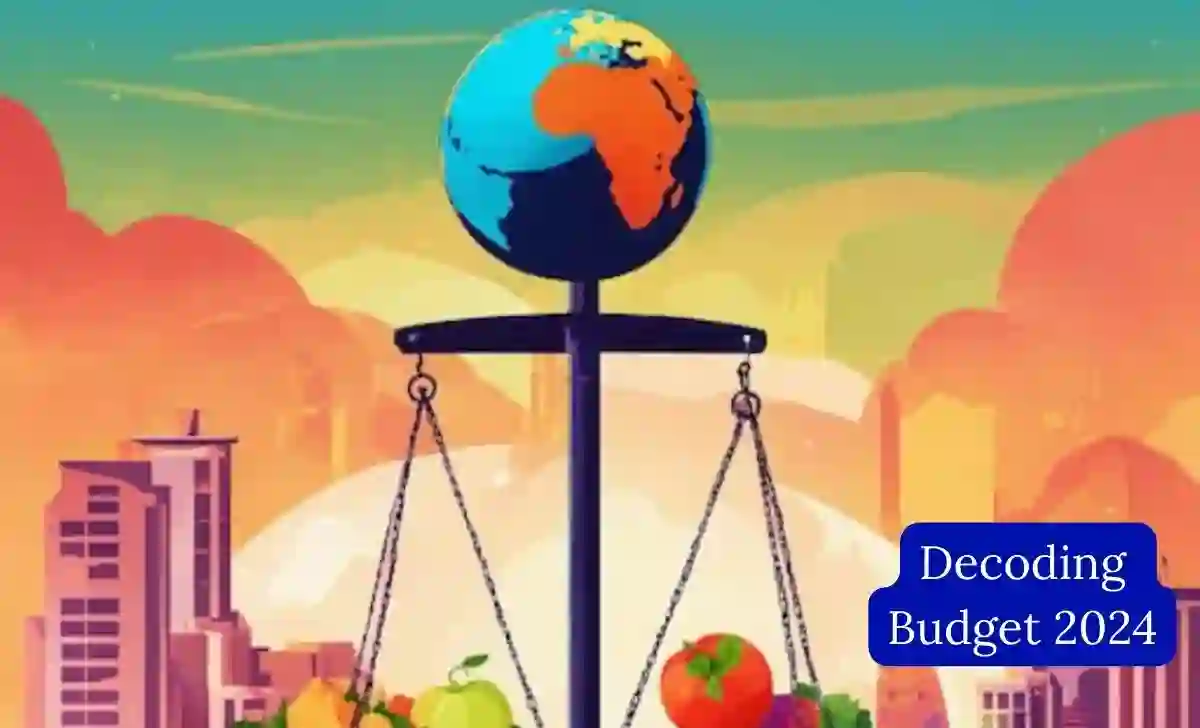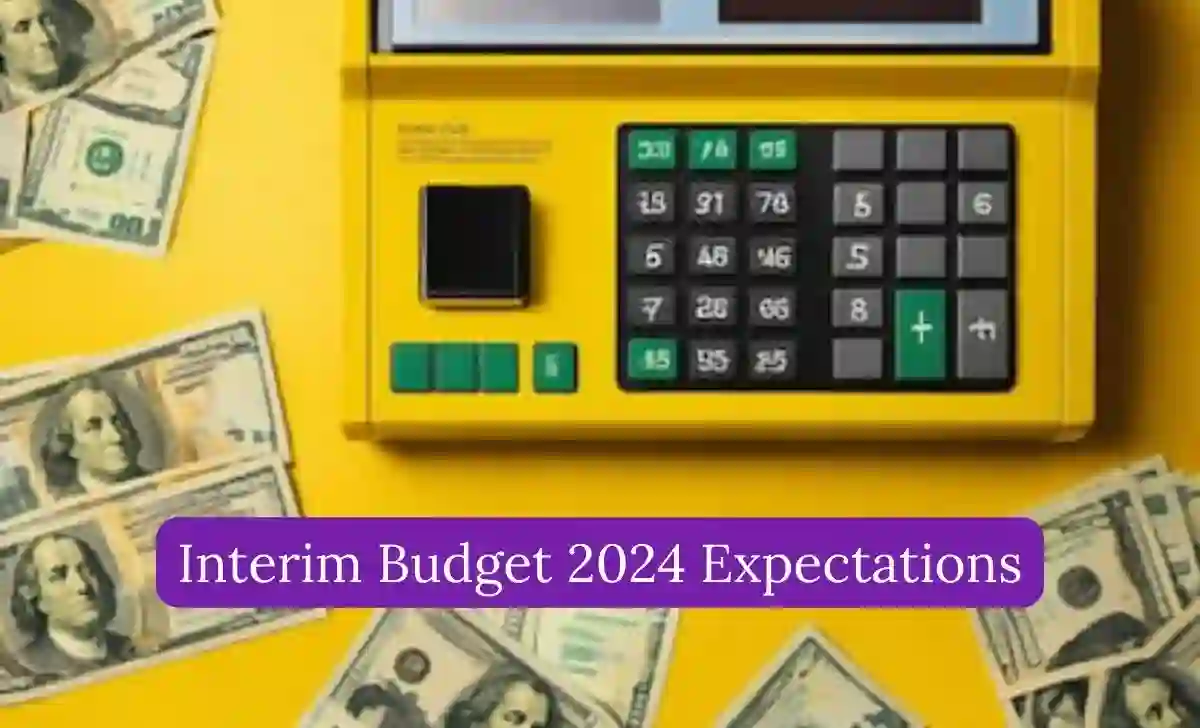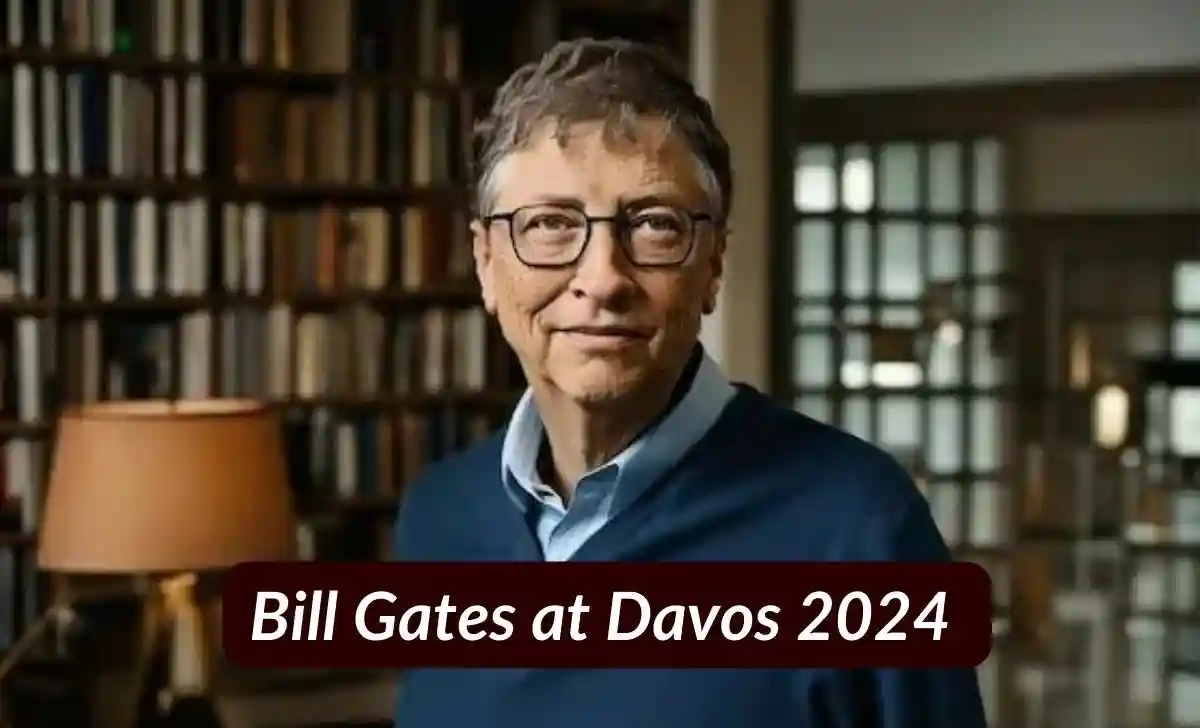Decoding RBI’s Monetary Policy Decision: Expert Insights on Growth, Inflation, and Liquidity
Introduction: Monetary Policy Decision
As the Reserve Bank of India (RBI) gears up for its crucial monetary policy decision on February 8, market analysts are closely examining the potential shifts in the central bank’s approach. In a recent CNBC TV18 panel discussion, renowned economists shared their perspectives on the current economic landscape, growth projections, and the likelihood of a rate cut. Let’s delve into the key points raised by the esteemed panel members, including Former Chief Statistician Pronab Sen, Nomura’s Chief Economist Sonal Varma, Citi’s Chief Economist for India Samiran Chakraborty, SBI Group Chief Economic Advisor Soumya Kanti Ghosh, and JPMorgan’s Chief India Economist Sajjid Chinoy.
Also Read:
- Will There Be a Rate Cut on February 8?
- Castrol India Q4CY23 Earnings Report
- SBI’s Q3 Earnings
- Nuvama Capital’s Insights
Key Points from the Panel Discussion:
- Current Economic Scenario and the Monetary Policy Decision:
- As the discussion commenced, the panel focused on India’s robust growth rate, projected at 7.3% for the current year by the National Statistical Office (NSO). However, concerns surfaced regarding the uneven growth between the corporate and non-corporate sectors, setting the stage for the upcoming monetary policy decision.
- Growth and Corporate Performance in the Context of Monetary Policy:
- Acknowledging corporate India’s impressive growth, the panel highlighted the non-corporate sector’s challenges. The consensus emphasized the significance of achieving a balanced growth trajectory, a critical factor to be considered in the forthcoming monetary policy decision.
- Global Economic Headwinds and Their Impact on Monetary Policy:
- The discussion shifted towards global economic challenges, including a slowdown in goods and service exports. The panelists deliberated on the potential effects of commodity price stabilization and the importance of fiscal policy support, factors integral to the impending monetary policy decision.
- Inflation Dynamics in the Monetary Policy Context:
- Inflation dynamics became a focal point, with a nuanced analysis of goods and services inflation. While goods inflation experienced an upward trend due to heightened input costs, the subdued services inflation hinted at underlying economic slack. These dynamics played a pivotal role in shaping the panel’s outlook for the monetary policy decision.
- Concerns about Headline Inflation and Their Relevance to the Monetary Policy Decision:
- High food inflation emerged as a concern, impacting the overall headline inflation rate. The panel members underscored the necessity of sustaining lower headline inflation to support purchasing power and foster sustainable consumption growth, integral considerations for the impending monetary policy decision.
- Liquidity Challenges and Potential Policy Adjustments in the Monetary Policy Decision:
- Liquidity emerged as a common concern among panel members, sparking discussions on potential policy adjustments. Recommendations included implementing longer-term VRR (variable rate reverse repo) and considering countercyclical buffers, factors that could significantly influence the impending monetary policy decision.
- Stance and Rate Cut Expectations in the Context of the Monetary Policy Decision:
- The panel exhibited a division on whether the RBI should maintain the current stance or signal a change. While some advocated for a more neutral stance, others leaned towards preparing the market for a potential shift in the future. However, a unanimous decision was reached on keeping policy rates unchanged for the upcoming monetary policy decision.
- Future Rate Cut Predictions and Their Impact on the Monetary Policy Decision:
- Panelists presented diverse timelines for the next rate cut, with August being a frequently cited month. Factors such as global economic conditions and the Federal Reserve’s actions were considered influential in determining the timing of a rate cut, adding complexity to the anticipation of the upcoming monetary policy decision.
Conclusion:
As the RBI approaches its critical monetary policy decision on February 8, stakeholders closely monitor potential shifts in strategy. Insights from the expert panel highlighted the need for a balanced approach to support various economic sectors, underscoring the significance of addressing liquidity concerns. The consensus suggests a cautious approach, with the possibility of a rate cut in the latter part of the year, contingent on numerous economic variables. Investors and analysts alike await the monetary policy decision’s implications for India’s economic trajectory.
What is the repo rate?
The repo rate is a key tool used by central banks to regulate monetary policy. By adjusting the repo rate, a central bank can influence the money supply and control inflation. If the central bank wants to stimulate economic activity, it may lower the repo rate, making borrowing cheaper for commercial banks. Conversely, if the central bank aims to curb inflation, it may raise the repo rate, making borrowing more expensive.
In summary, the repo rate plays a crucial role in the central bank’s efforts to manage monetary policy, control inflation, and ensure the stability of the financial system.
What is the reverse repo rate?
In a reverse repo transaction, commercial banks or financial institutions lend money to the central bank by buying government securities. The central bank agrees to repurchase these securities at a future date, and the difference between the repurchase and sale prices represents the interest earned by the lending party.
The reverse repo rate is used by central banks to manage liquidity in the financial system and influence short-term interest rates. If a central bank wants to absorb excess liquidity from the banking system, it may increase the reverse repo rate. Conversely, a decrease in the reverse repo rate encourages banks to lend more and inject liquidity into the system.
In summary, the reverse repo rate is a tool that central banks employ to regulate liquidity, control inflation, and maintain stability in the financial markets. It complements the repo rate in the broader framework of monetary policy.









